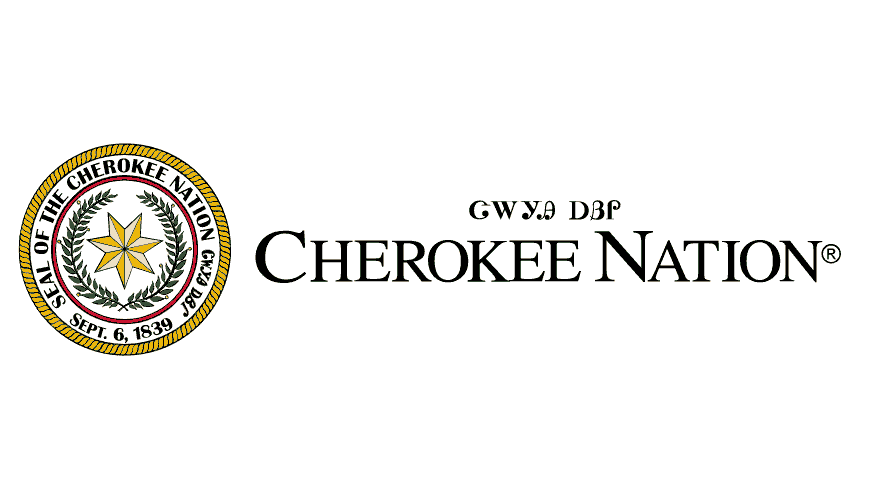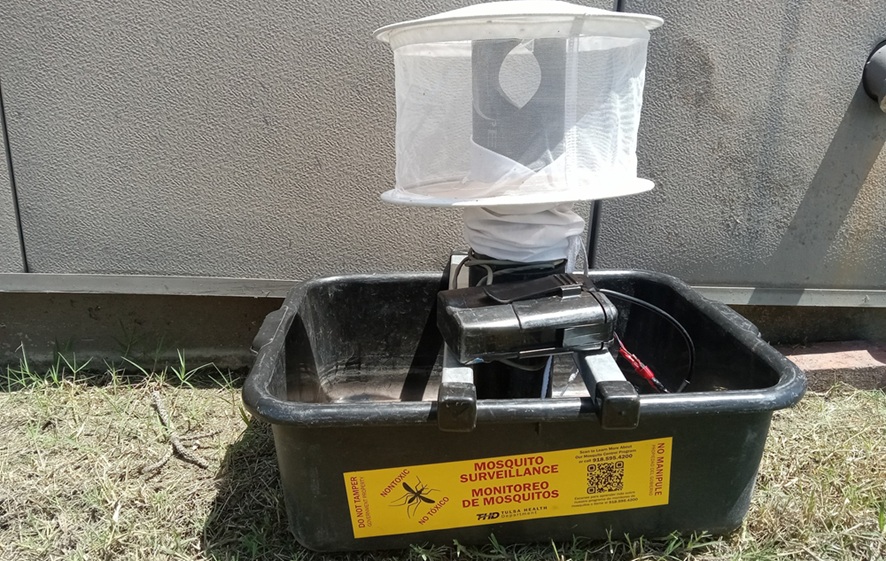Mom To Mom
Cherokee Nation Opens Applications For Summer EBT Program

TAHLEQUAH — Cherokee Nation Public Health is now accepting applications for the 2025 Summer Electronic Benefit Transfer (SEBT) Program, providing crucial nutritional support to eligible students throughout the Cherokee Nation Reservation during the summer months.
The SEBT program offers a one-time benefit of approximately $120 per eligible child through an EBT card, helping families purchase healthy food when school meals are not available. The program is funded by a grant from the United States Department of Agriculture and is designed to assist students who typically receive free or reduced-price school meals.
Households on a direct certification list—based on free or reduced school meals or FDPIR (Food Distribution Program on Indian Reservations) data—will be automatically enrolled and issued a card. No application is necessary for these households unless they choose to opt out by contacting the Summer EBT office by April 21, 2025.
Families whose students attend a participating school but are not on the direct certification list can apply online at https://cherokee.oksebt.org or request a paper application. Paper applications can be emailed to sebt@cherokee.org or mailed to P.O. Box 948, Tahlequah, OK 74465, Attn: Summer EBT.
Participation in SEBT will not affect other government assistance benefits, and the card functions like a debit card, allowing purchases of approved nutritional foods throughout the summer.
For more information, or to check eligibility and participating schools, families are encouraged to contact the Summer EBT team via email at sebt@cherokee.org or by calling 800-256-0671 ext. 5589 and selecting Summer EBT, or 539-234-3265.
The Cherokee Nation’s SEBT initiative aims to ease the burden for families and ensure children continue to receive healthy meals even when school is out.
Mom To Mom
Planning a Family Summer Vacation? Save Big Without Sacrificing the Fun

As summer approaches, many families are looking to hit the road or take to the skies for a well-earned vacation. But with rising travel costs and tighter household budgets, finding ways to save money without skimping on the fun is more important than ever.
Whether you’re planning a beach getaway, a national park adventure, or a theme park visit, travel experts say early planning and a few smart choices can lead to major savings.
1. Book Early or Be Flexible
Travel prices, especially for flights and hotels, can spike as summer nears. Booking months in advance often locks in the best rates. However, families with flexible schedules may also benefit from last-minute deals, particularly for off-peak travel days like midweek departures.
2. Travel in the Shoulder Season
For families not tied to strict school schedules, late May or early August can offer better prices than peak travel weeks in June or July. Many destinations also offer lower rates once the summer rush begins to taper off.
3. Bundle Travel Services
Vacation packages that combine airfare, lodging, and sometimes car rentals can reduce overall costs. Sites like Expedia, Kayak, and Costco Travel frequently offer deals for families, especially those booking multiple nights or traveling with children.
4. Maximize Free Activities
While ticketed attractions can add up quickly, many destinations offer free or low-cost alternatives. City parks, beaches, museums with free admission days, and public hiking trails are all great ways to entertain the entire family without draining the wallet.
5. Tap into Travel Rewards
Families with travel credit cards or hotel loyalty programs can use points to cover part—or all—of their trip. Some cards also offer cash back on travel purchases or access to exclusive discounts.
Planning ahead, setting a budget, and getting creative with accommodations and activities can make this summer’s vacation both memorable and affordable. With a little research and flexibility, families can enjoy quality time together without breaking the bank.
Mom To Mom
Have you seen one of these in your neighborhood? Let us explain!

TULSA — As warmer weather arrives, the Tulsa Health Department is ramping up efforts to monitor mosquito activity through its vector control program—and residents may start noticing unusual-looking devices in yards, parks, and public spaces.
One such device is the gravid trap, a surveillance tool used to track the number and types of mosquitoes present in a specific area. Health officials stress that these traps play a critical role in preventing the spread of mosquito-borne illnesses such as West Nile virus.
“Don’t be alarmed if you come across a trap like this in your neighborhood,” the department said in a statement. “These devices help us monitor mosquito populations so we can respond effectively to any potential health threats.”
The Health Department urges the public not to tamper with or move the traps. Damaging or disturbing them can delay crucial testing and force inspectors to wait for new location approvals—a process that could leave areas unmonitored for weeks.
Each trap is clearly marked with a yellow label reading “Mosquito Surveillance – Monitoreo de Mosquitos” and includes contact information for those who have questions or concerns. The Tulsa Health Department reminds residents that leaving these devices undisturbed helps protect the health of the entire community.
For more information about mosquito control and prevention, visit Tulsa Health Department’s website or call 918-595-4200.
Mom To Mom
Be Prepared: Know Where to Shelter and What to Pack Ahead of Severe Weather

TULSA — With severe weather season in full swing, local officials are urging residents to take time now to prepare for potential tornadoes and other dangerous storms.
The Tulsa Health Department, along with guidance from the National Weather Service, is reminding the public that having a family emergency plan in place could save lives. That plan should include knowing the safest place in your home to take shelter, such as a basement or interior room on the lowest floor with no windows. Exterior rooms, top-floor rooms, and anywhere outdoors are not safe during a tornado.
In addition to identifying a safe shelter location, families should designate a meeting place to reunite in the aftermath of a disaster, especially if communication lines are down.
Equally important is preparing an emergency supply kit. The kit should be stored in a place that is easy to reach during an emergency and should contain items such as:
- Food and water (3-day supply)
- Flashlights and batteries
- Medications and hygiene products
- Basic tools and chargers
- Baby supplies and pet items (if applicable)
- Clothing and bedding
- Important documents stored in a waterproof and fireproof container
Officials recommend customizing your kit to meet your family’s specific needs and checking it regularly to ensure all items are in working condition and not expired.
For a complete checklist and preparedness resources, visit ready.gov/kit.
As storms approach, remember: no place outside is safe from a tornado. Plan ahead and stay weather aware.
-

 Mom To Mom2 weeks ago
Mom To Mom2 weeks agoTulsa Moms Mother’s Day Giveaway Winners
-

 Mom To Mom2 weeks ago
Mom To Mom2 weeks agoTulsa Moms Mother’s Day Giveaways!
-

 Around Tulsa3 weeks ago
Around Tulsa3 weeks agoWEEKEND PLANNER: Five Things To Do This Weekend In Tulsa (May 3rd-4th)
-

 Mom To Mom4 weeks ago
Mom To Mom4 weeks agoTarget’s 2025 Car Seat Trade-In Is Underway
-

 Around Tulsa4 weeks ago
Around Tulsa4 weeks agoSmashed Game & Grill Celebrates One-Year Anniversary with Weekend Bash
-

 Mom To Mom3 weeks ago
Mom To Mom3 weeks agoOklahoma State Testing Continues: What Parents Need To Know
-

 Around Tulsa4 weeks ago
Around Tulsa4 weeks agoMOMS NIGHT OUT: The Roots Hit River Spirit May 3rd
-

 Mom To Mom4 weeks ago
Mom To Mom4 weeks agoPreparing Your Family For Severe Weather




